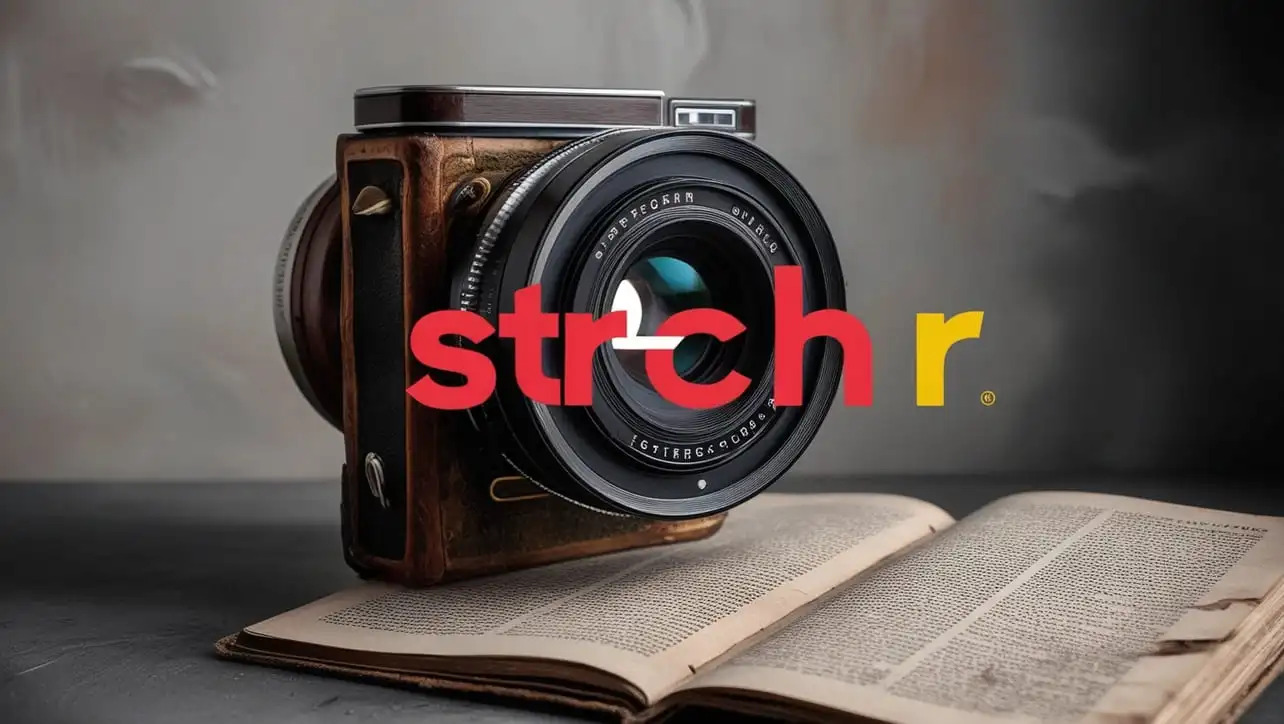
C++ Topics
- C++ Intro
- C++ String Functions
- C++ Interview Programs
- C++ Star Pattern
- C++ Number Pattern
- Number Pattern 1
- Number Pattern 2
- Number Pattern 3
- Number Pattern 4
- Number Pattern 5
- Number Pattern 6
- Number Pattern 7
- Number Pattern 8
- Number Pattern 9
- Number Pattern 10
- Number Pattern 11
- Number Pattern 12
- Number Pattern 13
- Number Pattern 14
- Number Pattern 15
- Number Pattern 16
- Number Pattern 17
- Number Pattern 18
- Number Pattern 19
- Number Pattern 20
- Number Pattern 21
- Number Pattern 22
- Number Pattern 23
- Number Pattern 24
- Number Pattern 25
- Number Pattern 26
- Number Pattern 27
- Number Pattern 28
- Number Pattern 29
- Number Pattern 30
- Number Pattern 31
- Number Pattern 32
- Number Pattern 33
- Number Pattern 34
- Number Pattern 35
- Number Pattern 36
- Number Pattern 37
- Number Pattern 38
- Number Pattern 39
- Number Pattern 40
- Number Pattern 41
- Number Pattern 42
- Number Pattern 43
- Number Pattern 44
- Number Pattern 45
- Number Pattern 46
- Number Pattern 47
- Number Pattern 48
- Number Pattern 49
- Number Pattern 50
- Number Pattern 51
- Number Pattern 52
- Number Pattern 53
- Number Pattern 54
- Number Pattern 55
- Number Pattern 56
- Number Pattern 57
- Number Pattern 58
- Number Pattern 59
- Number Pattern 60
- Number Pattern 61
- Number Pattern 62
- C++ Alphabet Pattern
C++ Number Pattern 23

Photo Credit to CodeToFun
C++ Number Pattern 23
Here`s a program that prints the above number pattern using C++ Programming:
#include <iostream>
using namespace std;
int main() {
int i, j, k, m;
for (i = 5; i >= 1; i--) {
for (j = 1; j <= i; j++)
cout << j;
for (k = i; k < 5; k++)
cout << "**";
for (m = i; m >= 1; m--)
cout << m;
cout << "\n";
}
return 0;
}💻 Testing the Program
When you run the above program, it will print the following output:
1234554321 1234**4321 123****321 12******21 1********1
🧠 How the Program Works
Let's break down the logic behind the code:
- #include <iostream>: This line includes the input-output stream library, which provides functionality to interact with the standard input and output (e.g., keyboard and screen).
- using namespace std;: This line allows you to use names from the std namespace directly without the std:: prefix. It's a common practice in C++ programs to avoid typing std:: repeatedly.
- int main(): This is the starting point of the C++ program. The main function is required in every C++ program, and the program execution begins from here.
- Declare four integer variables: i, j, k, and m. These variables will be used in the subsequent for loops.
- for(i=5; i>=1; i--): This is the outer loop that iterates from i = 5 down to i = 1, decreasing i by 1 at the end of each iteration.
- for(j=1; j<=i; j++): This is the first inner loop, which iterates from j = 1 to j equal to the current value of i. For example, in the first iteration of the outer loop, i is 5, so this loop will print numbers from 1 to 5.
- cout << j;: This line prints the value of j on the screen (console). As the loop progresses, the numbers 1 to 5 are printed in each iteration of the outer loop.
- for(k=i; k<5; k++): This is the second inner loop, which iterates from k equal to the current value of i to k = 4. For example, if i is 5, this loop will run from k = 5 to k = 4 (no iterations) since the condition k < 5 is false.
- cout << "**";: This line prints the string "**" on the screen. As the loop progresses, "**" is printed in each iteration of the outer loop. Since the second inner loop runs zero iterations, this line will not be executed in the first iteration of the outer loop.
- for(m=i; m>=1; m--): This is the third inner loop, which iterates from m equal to the current value of i down to m = 1. For example, if i is 5, this loop will run from m = 5 to m = 1.
- cout << m;: This line prints the value of m on the screen. As the loop progresses, the numbers 5 to 1 are printed in each iteration of the outer loop.
- cout << "\n";: This line prints a newline character, moving the cursor to the next line after each iteration of the outer loop. This helps to separate the pattern on different lines.
- The outer loop continues to decrement i and repeat the inner loops until i becomes 0. Once i becomes 0, the outer loop ends, and the program execution continues to the next line.
- return 0;: This line returns an integer value of 0 from the main function, indicating a successful execution of the program. The value 0 generally indicates success, while a non-zero value indicates an error or abnormal termination.
💯 Tips for Enhancement:
Explore the versatility of this pattern by adjusting its parameters. Whether you increase or decrease the size, tweak the spacing, or modify the characters used, each change opens up a world of possibilities, allowing you to customize and create your unique visual effects.
✔ Conclusion:
Creating visually appealing patterns is not only a fun endeavour but also a great way to enhance your programming or design skills. We hope this tutorial has inspired you to explore the world of creative coding. Share your creations with us, and let your imagination run wild!
🤗 Closing Call-to-Action:
We'd love to see your unique interpretations of the number pattern. Share your creations in the comments below, and don't hesitate to reach out if you have any questions or suggestions for future tutorials. Happy coding!
👨💻 Join our Community:
Author

For over eight years, I worked as a full-stack web developer. Now, I have chosen my profession as a full-time blogger at codetofun.com.
Buy me a coffee to make codetofun.com free for everyone.
Buy me a Coffee












If you have any doubts regarding this article (C++ Number Pattern 23) please comment here. I will help you immediately.